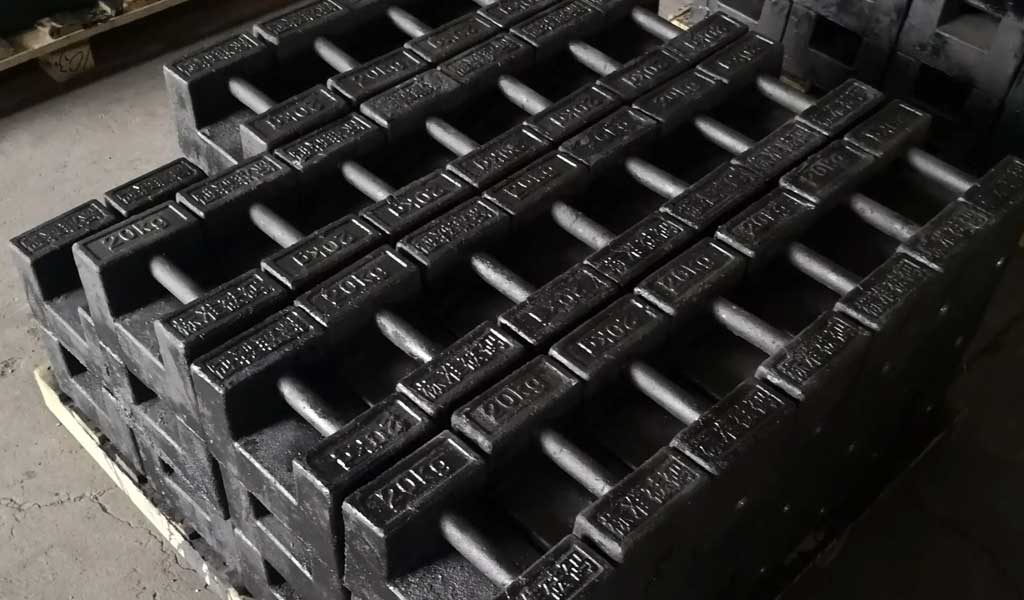
Some customers have too much control over the cost of ordering the platform, and the cast iron plate is too light in weight. Attention should be paid to this kind of plate when machining, because if you are not careful, there will be chattering lines and chipping. There are two things you should pay attention to when using the tablet:
- 1. Cutting amount: When planing a thin standard cast iron plate, the cutting force and clamping force should be small, so a small cutting depth (about 0.3~0.5mm or less) and feed rate (about 0.1~0.5mm) should be used. 0.25mm/reciprocating stroke), as well as normal cutting speed, and appropriate cooling lubricant for cutting.
- 2. Clamping of cast iron plates: thin cast iron plates are usually clamped directly on the workbench by means of support plates. The clamping force it produces is very beneficial for clamping thin cast iron plates.
In order to ensure the reliability and stability of the thin cast iron plate clamping, the two sides of the cast iron plate must be pre-machined. Otherwise, the support plate and the side of the cast iron plate will not be in good contact, which will cause the cast iron plate to be deformed due to uneven stress.
When clamping, the reference surface of the cast iron plate must be closely attached to the work surface or flat bolster. Do not beat the cast iron plate hard by hand, because the thin cast iron plate has poor rigidity, is easy to deform, break, and has elasticity, so the more you beat, the less tight the cast iron plate is with the positioning surface and the less tightly clamped. If the gap under the cast iron plate is caused by the uneven bottom surface of the cast iron plate, it should be filled with iron sheets.
In addition, the clamping force should not be too large when clamping the cast iron plate, otherwise it will cause the middle of the cast iron plate to bulge. After processing, the cast iron plate will be loosened, and the middle of the cast iron plate will be concave due to elastic deformation.